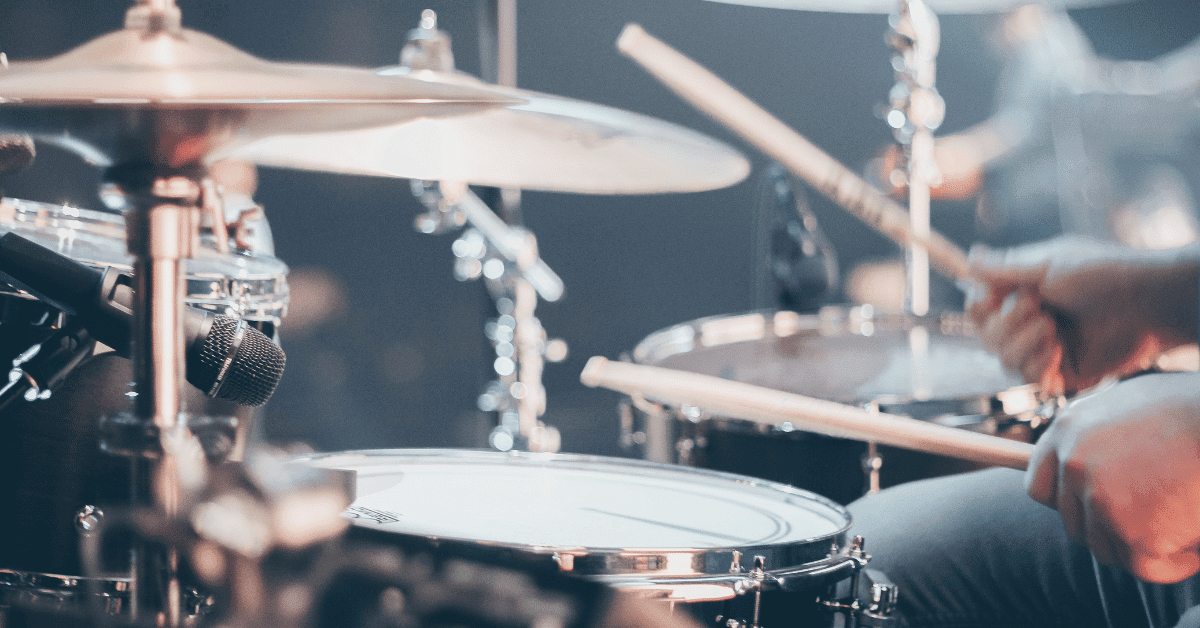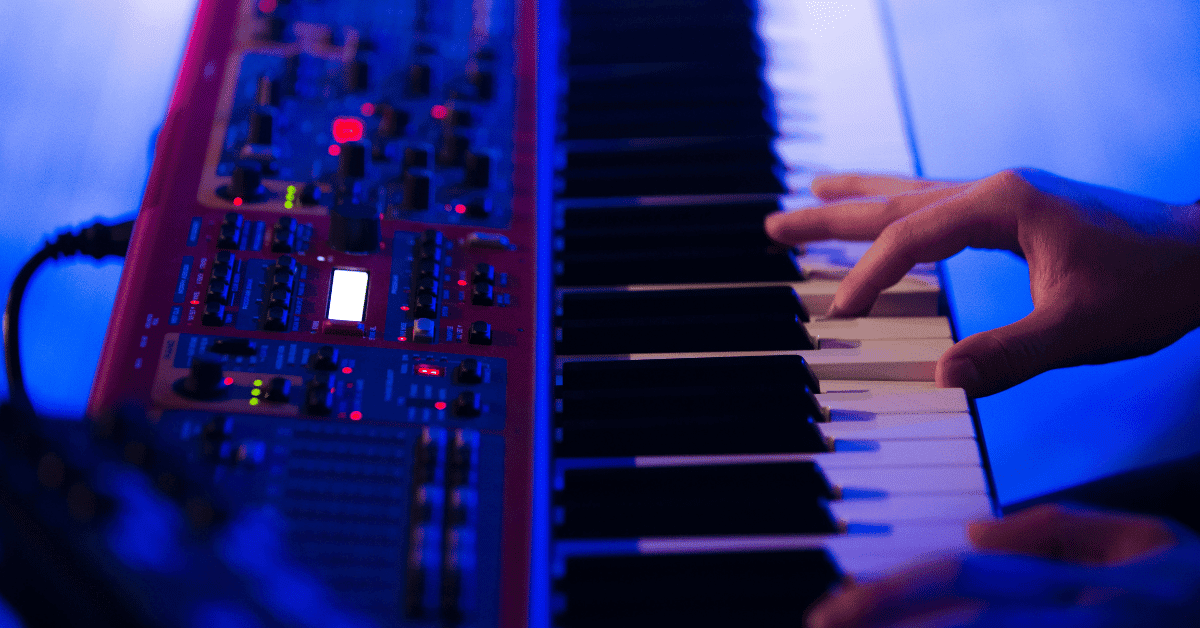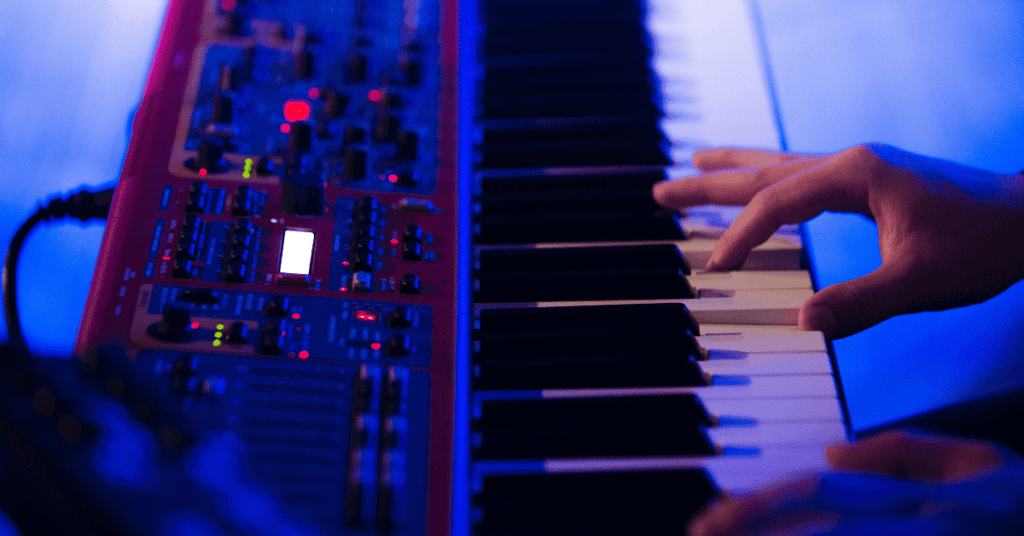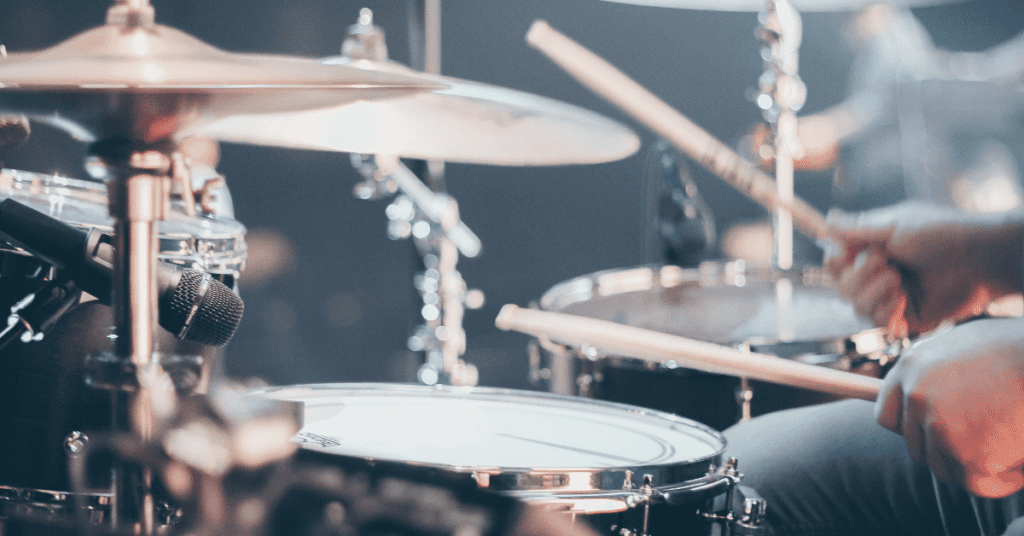Earlier this year I got back from playing Passion where I was able to listen to various guitarists play in a stadium full of 65,000 people. In a large venue like that, how you sit in the mix is incredibly vital.
I noticed that some guitarists sounded huge and present, while others struggled no matter how loud they were. I thought about why this was and it brought me back to the strategy I’ll share with you here.
So, you’re dialing in your tone…your clean tone sounds great, but when you step on your overdrive pedal it just doesn’t feel “right”. You want it to sound full and have plenty of clarity so logically you turn up the bass and treble on your overdrive pedal. Nope.
The secret to sitting in a mix and sounding massive is actually in the emphasis of the midrange in overdriven tones.
Guitars generally fit in the frequency spectrum of 80 Hz to 5 kHz. Vocals, which are the most prominent thing in a mix, usually sit in the higher end of a guitar’s frequencies. When you brighten your tone up you are just fighting with them. Where you hear an overdriven guitar the most is below the 400-1 kHz area. This area is actually the “meat” of a thick guitar tone you are hearing, not the low end.
The Tube Screamer Saga
There’s a classic pedal many of you may have heard of called the “Tube Screamer”, which is known for emphasizing the midrange. What many don’t know is that it actually does not have a “mid hump”, as some describe it, but it actually cuts the highest and lower frequencies (rather than boosting midrange). This keeps tones tight and smooth.
Tip: You can actually achieve this tone with many overdrive pedals by lowering the treble and bass controls and increasing the level (boosting the midrange).
When you clip a signal (i.e. overdrive) it makes sounds harsher and flabby so it has to be controlled by attenuating the extreme frequencies. Try plugging a guitar direct into an interface/DI and turn on an overdrive pedal and you’ll quickly learn how a guitar speaker smooths things out.
There’s a reason why so many boutique drives are just modified clones of Tube Screamers. You’ll also see it on countless professional’s boards. It simply works and sounds great. Guitarists have even used them as “always-on” pedals, many times with no drive, to tighten things up.
Cutting low-end before a signal is overdriven (first in chain and before an amp) will tighten things up considerably (Fractal even implements a Cut switch option to act like an always-on TS because it works so well).
Fun fact: Many fuzz pedals have a scooped midrange and struggle to cut through the mix unless the guitar is very loud and the band mix is minimal.
Dialing Things In.
I’ve seen numerous well-known guitarists suggest dialing in an amp by EQing your clean tone first. It’s also common to see guitarists in the industry plugging directly into the amp, dialing it in, and then walking out to their pedalboard.
Your clean tone is important, but many times when I’m setting my rig up I do it with overdrive on. The reasoning for this is because I believe the characteristics of an amp come out the most when an overdriven signal goes into it. I also want things to sound as full as possible. As I mentioned before, Tube Screamers cut low end, which is great, but I don’t want it to sound thin when on.
The overall theory is this: I’d rather cut low-end first then add at the amp rather than have more up front and less at the amp.
This results in a tighter tone, and also a more midrange-emphasized tone when the overdrive pedal is on. Clean tones sound great when flatter or scooped (think neck pickup vs bridge pickup) and this tone strategy helps keep that.
As a disclaimer, I know my pedals very well and where the EQ’s sound good. If you have a pedal you haven’t used for a while, this may be more difficult. I think everyone should buy a standard Tube Screamer at some point and “learn” that pedal (or at least how it sounds at a standard setting most people use) and go from there.
Now don’t take my word for it. Try it out. Training your ear and experimenting is the best thing you can do for your playing.
You may also be interested in these resources!
- Worship Guitar Tone Master Class
- Overdrive Pedals: Finding Your Tone
- The Ultimate Guide for Using Compressor Pedals in Worship
- Our Top Easter Worship Songs for 2020!
- How to Build Creative Guitar Sounds for Worship






